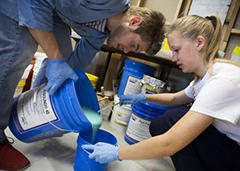Topics
- active learning (18)
- research assignments (6)
- libraries (1)
- literature-based learning (2)
- multimedia (5)
- museums (6)
- object learning (7)
- online learning (5)
- peer instruction (10)
- storytelling (2)
- learning management system (2)
- syllabus design (3)
- teaching empathy (3)
- teaching fellows (1)
- lecture (3)
- learning goals (8)
- assessment (6)
- data (3)
- backward design (3)
- blended approaches (12)
- case-based learning (8)
- classroom contracts (7)
- classrooms and space (3)
- collaborative learning (27)
- community events (1)
- course transformation (7)
- devices (3)
- learning by making (5)
- discussion (24)
- engaged scholarship (4)
- experiential learning (16)
- feedback (18)
- group work (8)
- guest speakers (7)
- interdisciplinary (6)
- leadership (3)
Send feedback
Subscribe
Copyright © 2024 The President and Fellows of Harvard College | Privacy | Accessibility | Digital Accessibility | Report Copyright Infringement

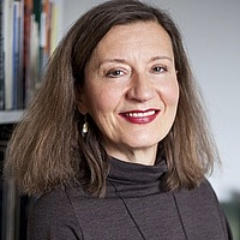 Ewa Lajer-Burcharth, William Dorr Boardman Professor of Fine Arts, is an art historian who focuses on 18th- and 19th-century European and contemporary post-1970s art. Lajer-Burcharth uses physical objects – such as paintings, sculptures, and textile arts – to enable more immersive forms of learning that enable students to experience objects of study in a hands-on way that is not possible with text-heavy teaching methods. These objects serve as a primary teaching tool for encouraging new perspectives and interrogating original sources. Students examine various objects from museum and library collections under the expert guidance of curators, and eventually assist in the curation of an exhibit. This allows students to have hands-on experience in both understanding and creating, rather than be solely trapped by reading and speaking. While her courses use physical objects as a point of reference, similar opportunities exist in other classroom contexts where students can contextualize the motivations of authors, musicians, and inventors, for example.
Ewa Lajer-Burcharth, William Dorr Boardman Professor of Fine Arts, is an art historian who focuses on 18th- and 19th-century European and contemporary post-1970s art. Lajer-Burcharth uses physical objects – such as paintings, sculptures, and textile arts – to enable more immersive forms of learning that enable students to experience objects of study in a hands-on way that is not possible with text-heavy teaching methods. These objects serve as a primary teaching tool for encouraging new perspectives and interrogating original sources. Students examine various objects from museum and library collections under the expert guidance of curators, and eventually assist in the curation of an exhibit. This allows students to have hands-on experience in both understanding and creating, rather than be solely trapped by reading and speaking. While her courses use physical objects as a point of reference, similar opportunities exist in other classroom contexts where students can contextualize the motivations of authors, musicians, and inventors, for example.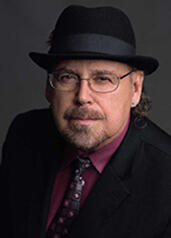 As an historian of religions, Davíd Carrasco, Neil L. Rudenstine Professor for the Study of Latin America, conducts his courses through an ensemble approach, which enables students to learn about complex evidence from a variety of approaches, sources and mediums. This approach contains four parts: (1) using an interdisciplinary intellectual method, (2) incorporating a variety of sources, including artifacts, texts, films, and museum exhibitions; (3) expanding disciplinary perspectives through team teaching and visiting speakers; and (4) organizing diverse student experiences and inviting a range of responses. One example of the ensemble in action is Carrasco’s annual collaboration with the Peabody Museum on their Día de los Muertos exhibition as part of his Gen Ed course,
As an historian of religions, Davíd Carrasco, Neil L. Rudenstine Professor for the Study of Latin America, conducts his courses through an ensemble approach, which enables students to learn about complex evidence from a variety of approaches, sources and mediums. This approach contains four parts: (1) using an interdisciplinary intellectual method, (2) incorporating a variety of sources, including artifacts, texts, films, and museum exhibitions; (3) expanding disciplinary perspectives through team teaching and visiting speakers; and (4) organizing diverse student experiences and inviting a range of responses. One example of the ensemble in action is Carrasco’s annual collaboration with the Peabody Museum on their Día de los Muertos exhibition as part of his Gen Ed course, 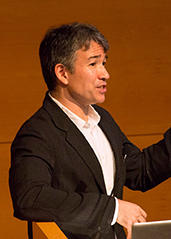 Students in Japanese art and architecture courses taught by Yukio Lippit, Professor of History of Art and Architecture, often encounter cultures quite different from their own. Lippit immerses them in those cultures through deep engagement with material artifacts, by examining roof tiles or carpentry, visiting the
Students in Japanese art and architecture courses taught by Yukio Lippit, Professor of History of Art and Architecture, often encounter cultures quite different from their own. Lippit immerses them in those cultures through deep engagement with material artifacts, by examining roof tiles or carpentry, visiting the 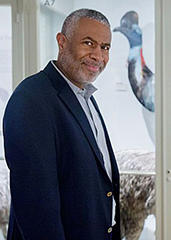 Scott Edwards, Professor of Organismic and Evolutionary Biology and Curator of Ornithology
Scott Edwards, Professor of Organismic and Evolutionary Biology and Curator of Ornithology 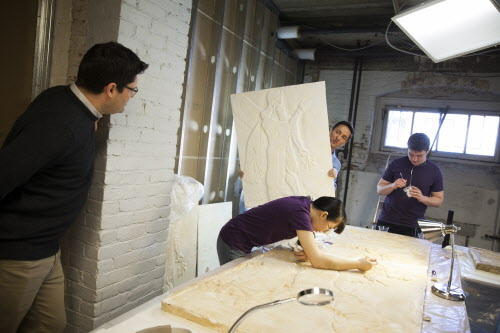 Gojko Barjamovic, Lecturer on Assyriology, increases student learning in
Gojko Barjamovic, Lecturer on Assyriology, increases student learning in 